The Basics of Building a Coffee Setup at Home

Creating an art studio at home helps you stay focused and enjoy your craft. First, find a space that you can dedicate to creative work. A spare room, a garage corner, or even a closet can work with the right setup. Natural light is ideal, but any good lighting is helpful. Make sure the space is quiet enough for you to concentrate. A work table with enough room to spread out is essential. Use shelves or bins to store supplies. Keep the tools you use most within easy reach. Clean the area before setting up so it feels fresh. Bring in a chair that supports your posture during long sessions. Avoid carpeted floors if you work with paint or other messy materials. A protective mat can help keep things tidy.
Think about what you create and what tools you need. Painters may need drying space, while crafters might want drawers for small items. If you work digitally, a desk with outlets and space for gear is key. Keep a separate area for clean work versus messy work if possible. Use containers to divide materials by type. Label drawers or bins to avoid wasting time searching. A pegboard or wall rack can hold brushes, scissors, and tools. Hang a calendar to track projects or deadlines. Keep wipes or paper towels nearby for quick cleanups. Consider a Bluetooth speaker or clock if it helps you stay in the zone. Every item should have a purpose in the space. Clear the clutter to stay productive.
An art studio should feel inspiring but not distracting. Display one or two pieces you’ve created to stay motivated. Rotate art or quotes on the wall for fresh energy. Keep extra decor simple to avoid overcrowding. If others use the space too, create separate storage zones. Consider using rolling carts for flexible storage. Label everything clearly so items are returned to the right place. A small rug or plant can soften the area if needed. Take five minutes after each session to reset your workspace. That small habit makes starting the next project easier. Refill supplies regularly so you’re never short on basics. Adjust your layout as your needs change. Make the space serve you, not the other way around.
A home art studio supports both creative flow and peace of mind. You don’t need a large space—just a functional one. Make the most of what you have with smart storage and a good layout. The right setup can reduce frustration and boost productivity. Focus on access, comfort, and routine. Creating becomes easier when your tools are ready to go. This space is yours to design and use in a way that fits your rhythm. Build it with your habits and style in mind. The more time you spend in it, the more it will evolve. Enjoy the process of shaping a space that works for you. Your studio doesn’t have to be perfect. It just needs to support your work.
Think about what you create and what tools you need. Painters may need drying space, while crafters might want drawers for small items. If you work digitally, a desk with outlets and space for gear is key. Keep a separate area for clean work versus messy work if possible. Use containers to divide materials by type. Label drawers or bins to avoid wasting time searching. A pegboard or wall rack can hold brushes, scissors, and tools. Hang a calendar to track projects or deadlines. Keep wipes or paper towels nearby for quick cleanups. Consider a Bluetooth speaker or clock if it helps you stay in the zone. Every item should have a purpose in the space. Clear the clutter to stay productive.
An art studio should feel inspiring but not distracting. Display one or two pieces you’ve created to stay motivated. Rotate art or quotes on the wall for fresh energy. Keep extra decor simple to avoid overcrowding. If others use the space too, create separate storage zones. Consider using rolling carts for flexible storage. Label everything clearly so items are returned to the right place. A small rug or plant can soften the area if needed. Take five minutes after each session to reset your workspace. That small habit makes starting the next project easier. Refill supplies regularly so you’re never short on basics. Adjust your layout as your needs change. Make the space serve you, not the other way around.
A home art studio supports both creative flow and peace of mind. You don’t need a large space—just a functional one. Make the most of what you have with smart storage and a good layout. The right setup can reduce frustration and boost productivity. Focus on access, comfort, and routine. Creating becomes easier when your tools are ready to go. This space is yours to design and use in a way that fits your rhythm. Build it with your habits and style in mind. The more time you spend in it, the more it will evolve. Enjoy the process of shaping a space that works for you. Your studio doesn’t have to be perfect. It just needs to support your work.
Categories
Recent Posts
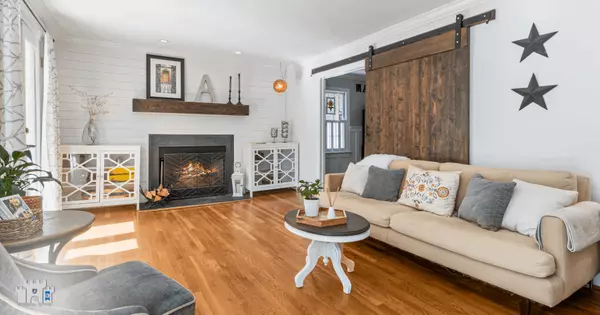
Building a Routine That Keeps Your Home in Shape
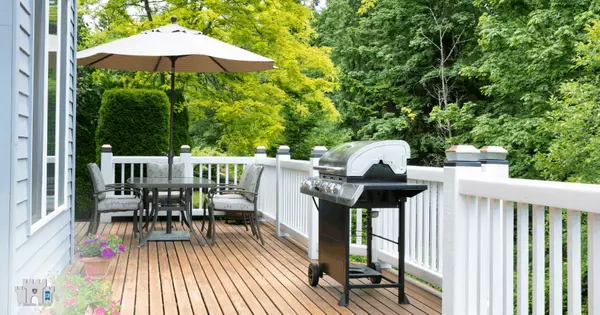
Simple Deck Care Tips for Homeowners

How Video Walkthroughs Improve Real Estate Marketing
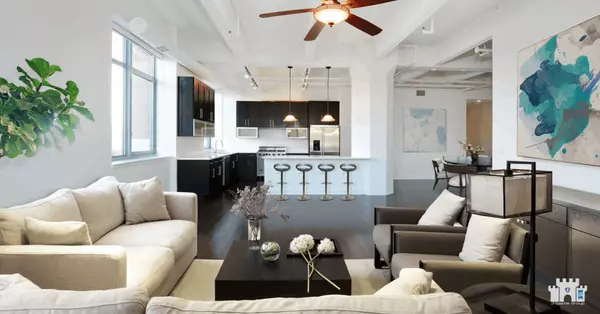
Last-Minute Buyer Requests: A Seller’s Guide
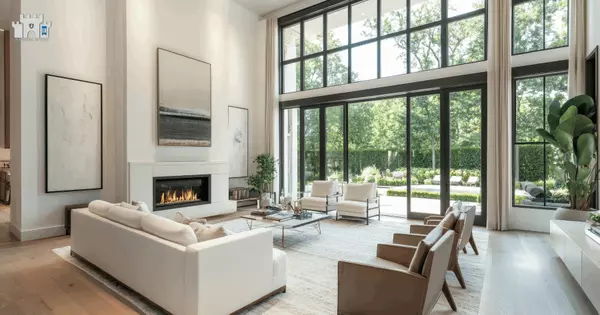
Why Natural Light Matters When Choosing a Home
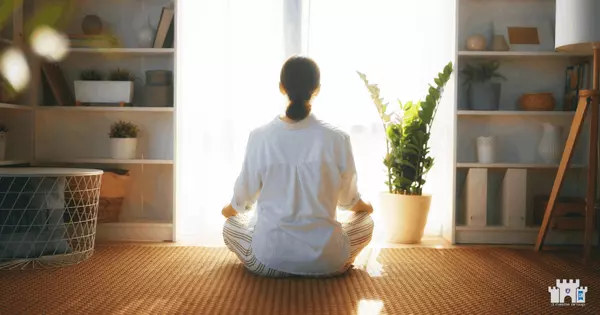
Why Wellness Spaces Appeal to Buyers
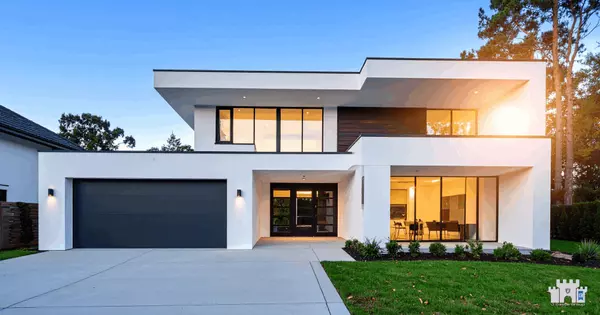
Is Less Grass Better for Homeowners?

Making Flexible Floor Plans Work in Marketing
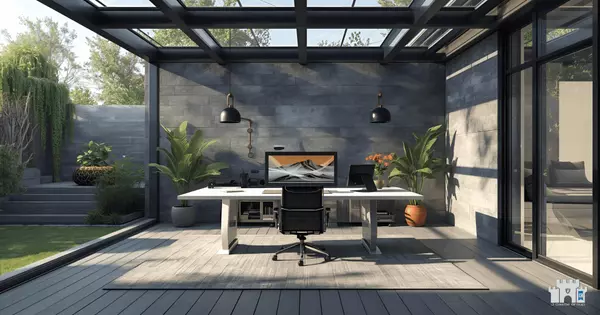
How to Market a Home With Outdoor Workspaces

Planning a Simple and Affordable Housewarming Party
GET MORE INFORMATION

Kenneth Jamaca
Managing Broker | REALTOR | License ID: 02080040
+1(925) 413-1849 | kenneth@jcastlegroup.com
